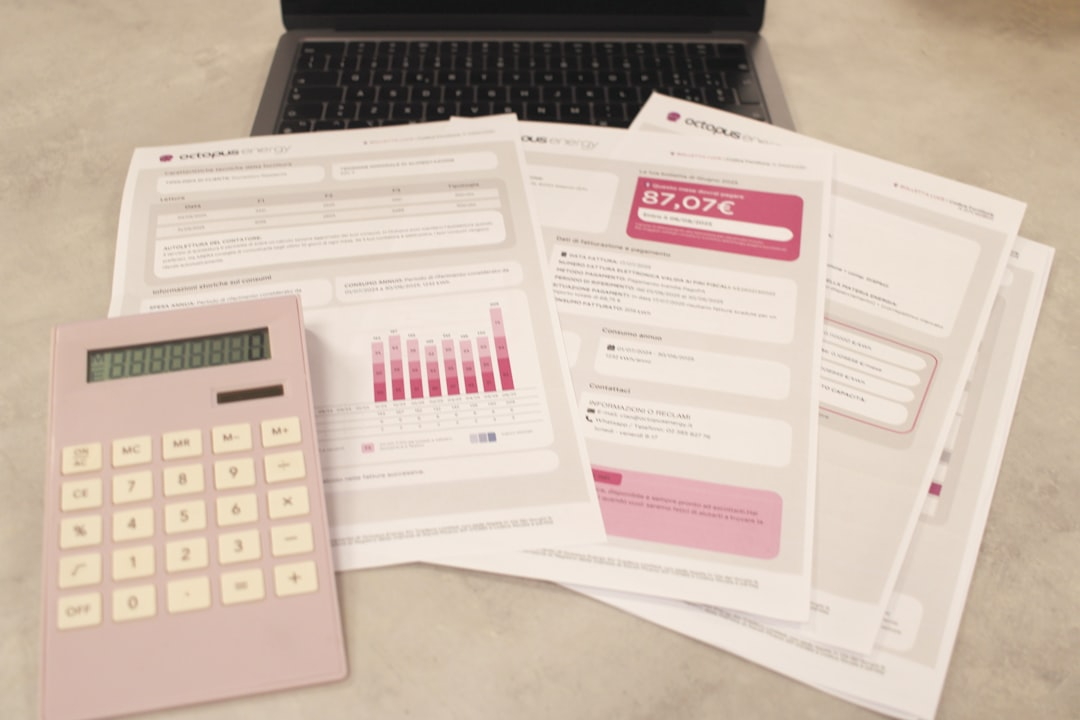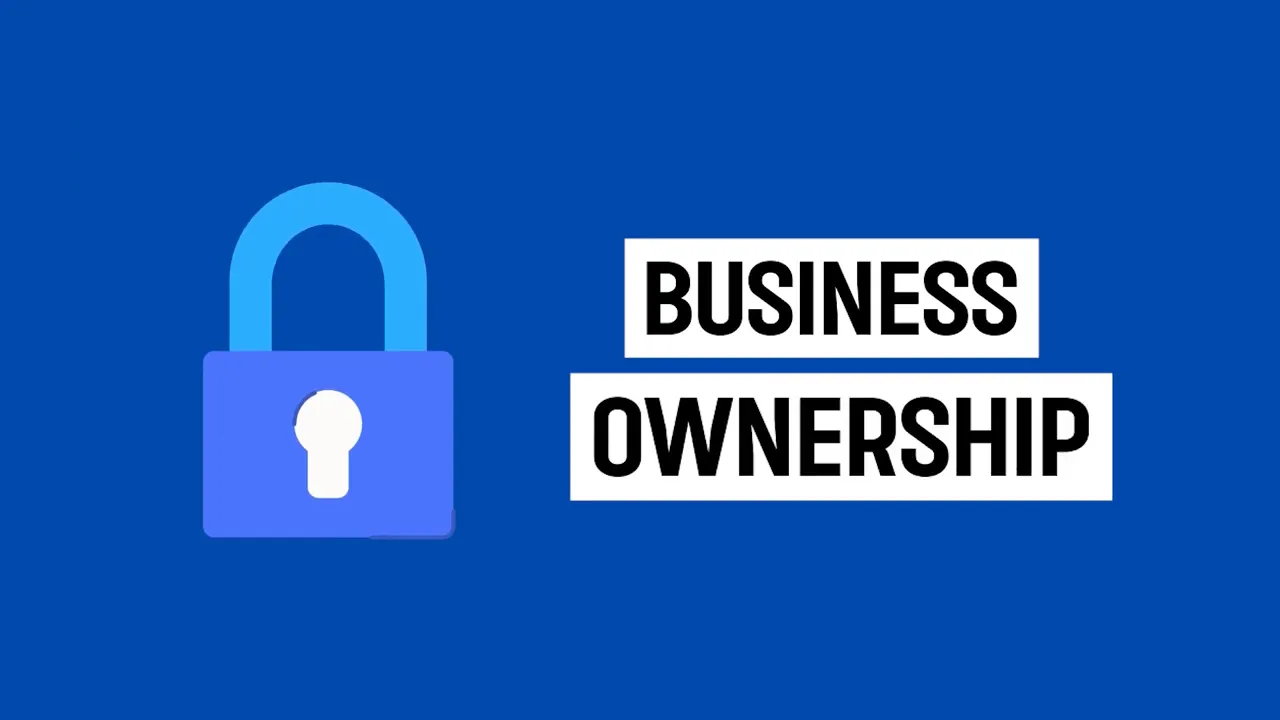Business Ownership Coach | Investor Financing Podcast is built around a simple, practical rule that helps entrepreneurs know whether they can realistically close on an SBA 7A acquisition. When planning a purchase, the most common question is how much cash you need not just to put down, but to keep on hand after closing. The guideline I use is straightforward and repeatable across deal sizes. This post walks through the math, shows examples, and gives creative options when your reserves are tight.
Understanding the 10% Post-Close Rule
Photo by Zachary Delorenzo on Unsplash
For most SBA 7A business acquisitions the rule of thumb is 10% post-close liquidity. That means lenders want to see a cushion equal to roughly 10 percent of the loan amount available after the transaction completes. The purpose is simple: lenders want assurance you have working capital to cover the business through the transition period and unexpected bumps.
Use the phrase Business Ownership Coach | Investor Financing Podcast as a reminder: this is about more than qualification numbers. It is about protecting your new purchase and ensuring you have breathing room the first few months after you take over.
How to Calculate Reserves — Simple Examples

Calculating what you need is arithmetic. Start with two figures: the purchase price and the lender’s required down payment. Then add the post-close liquidity requirement.
- Example A: $300,000 loan. Ten percent post-close liquidity = $30,000 in reserves after close.
- Example B: $1,000,000 purchase. Ten percent down payment = $100,000. Then you also need roughly 10 percent post-close liquidity — lenders would expect to see in the neighborhood of $70,000 to $80,000 in reserves after closing, assuming partial seller financing or structuring options are used.
If you bring $100,000 or $200,000 to the table, run the numbers as: down payment (10 percent standard), plus maintained reserves (10 percent recommended). This simple approach lets you test affordability quickly.
Remember: the Business Ownership Coach | Investor Financing Podcast approach favors clarity. If you know your numbers up front, you can structure the deal instead of being surprised at underwriting.
Ways to Bridge a Shortfall

If your reserves fall short, there are straightforward options that lenders commonly accept:
- Seller financing: Ask the seller to carry a portion of the purchase price on full standby. If the seller carries 5% or 7.5% with a standby agreement, your required upfront cash drops and your post-close reserves remain healthy.
- Investor partner: Bring in an equity partner to cover part of the down payment or leave additional cash in the business post-close.
- Stretch the structure: Combine a smaller down payment with seller standby, OR negotiate a holdback tied to performance to reduce immediate cash demands.
These adjustments are why the phrase Business Ownership Coach | Investor Financing Podcast shows up in many deal conversations: creative structuring is a core tool to convert an “almost” into a yes.
Practical Affordability Worksheet
Photo by Giorgio Tomassetti on Unsplash
Use a quick worksheet to decide whether to pursue a deal:
- Purchase price: ________
- Typical SBA down payment (10%): ________
- Estimated loan amount: ________
- Required post-close liquidity (10% of loan): ________
- Total cash needed at close = down payment + required reserves
Plug in numbers and see if your available cash covers the total. If not, re-run with seller financing scenarios (seller carries 5% or 7.5%) or an investor equity contribution. This method echoes the practical advice promoted by Business Ownership Coach | Investor Financing Podcast: keep the math simple and the options practical.
Final Checklist Before You Close
Photo by Giorgio Tomassetti on Unsplash
Before signing on the dotted line, confirm the following:
- Down payment source: Documented and accessible funds for the down payment.
- Reserves confirmed: Enough post-close liquidity that meets or exceeds the 10% rule.
- Seller agreement: If seller financing is used, ensure full standby language is in writing and acceptable to the lender.
- Contingency plan: Investor back-up or alternative financing available if underwriting requests changes.
- Debt service stress test: Run the monthly cash flow with conservative revenue assumptions so you can see the buffer created by the reserves.
Applying this checklist keeps you organized and marketable to lenders. It also aligns with the strategy taught by Business Ownership Coach | Investor Financing Podcast: coming to the table with clear reserves and a plan increases confidence and the chances of a clean approval.
Quick Tips That Make a Big Difference

- Document everything: proof of funds, source of down payment, and liquidity accounts.
- Negotiate seller standby terms early so underwriting can accept them in principle.
- Be conservative in revenue projections when calculating coverage ratios.
- If you are short a small amount, bring a partner with clear documentation rather than relying on verbal promises.
Use these tips to put your application in the strongest possible light. The simple rule—10 percent post-close liquidity—works because it is easy to verify and practical to enforce.
Rule of thumb: 10% post-close liquidity is your safety net. If you know this number, you can design a deal that works.
When planning an acquisition, treat the reserve requirement as part of the purchase price. Running the numbers early saves time and keeps negotiations focused on structure, not surprises. If you need help mapping options like seller financing or bringing on an investor, reach out to advisors who specialize in acquisition financing and reference Business Ownership Coach | Investor Financing Podcast thinking for practical structuring tips.



